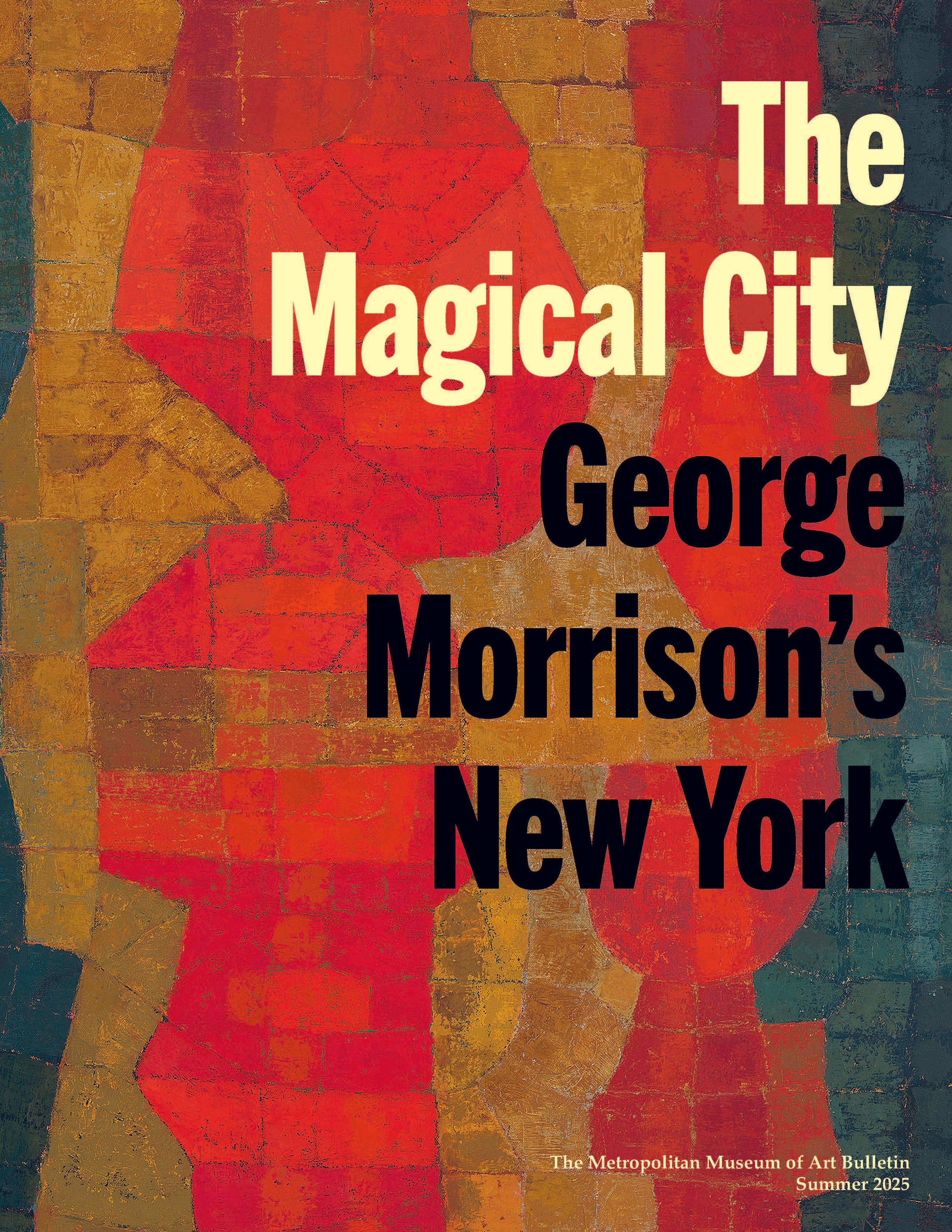Construction in Fantasy
Construction in Fantasy dates from Morrison’s Fulbright Fellowship in France, where he studied at Paris’s Ecole des Beaux-Arts and the University of Aix-Marseilles. The work is a strong representation of Morrison’s transition from a regional landscape artist to an abstract expressionist. In Paris and in the coastal city of Antibes, Morrison worked specifically in gouache and ink on paper while studying scenes of daily life. Construction in Fantasy depicts the local seaport and maritime culture of Antibes, where the artist visually documented his long-term fascination with large bodies of water—a subject he focused on throughout his career while living in New York City, Provincetown, Massachusetts, and in Minnesota. Morrison’s abstract approaches—specifically automatism—propelled his unique visual language that synthesized the abstract expressionist subconscious with Ojibwe aesthetic sensibilities and the artist’s ties to his ancestral homelands in northern Minnesota.
Artwork Details
- Title: Construction in Fantasy
- Artist: George Morrison (Native American, Grand Portage Chippewa, 1919–2000)
- Date: 1953
- Geography: Made in Antibes, France
- Medium: Watercolor and ink on paper
- Dimensions: 19 3/4 × 26 in. (50.2 × 66 cm)
- Credit Line: The Morse Family Foundation Fund, 2023
- Object Number: 2023.628
- Rights and Reproduction: © George Morrison Estate
- Curatorial Department: The American Wing
More Artwork
Research Resources
The Met provides unparalleled resources for research and welcomes an international community of students and scholars. The Met's Open Access API is where creators and researchers can connect to the The Met collection. Open Access data and public domain images are available for unrestricted commercial and noncommercial use without permission or fee.
To request images under copyright and other restrictions, please use this Image Request form.
Feedback
We continue to research and examine historical and cultural context for objects in The Met collection. If you have comments or questions about this object record, please complete and submit this form. The Museum looks forward to receiving your comments.
